Sourdough Starter
Your folders
Your folders
Prep Time: 168 hours
Total: 168 hours
Servings: 1
Cost: $9.57 /serving
Author : Jonathan Melendez
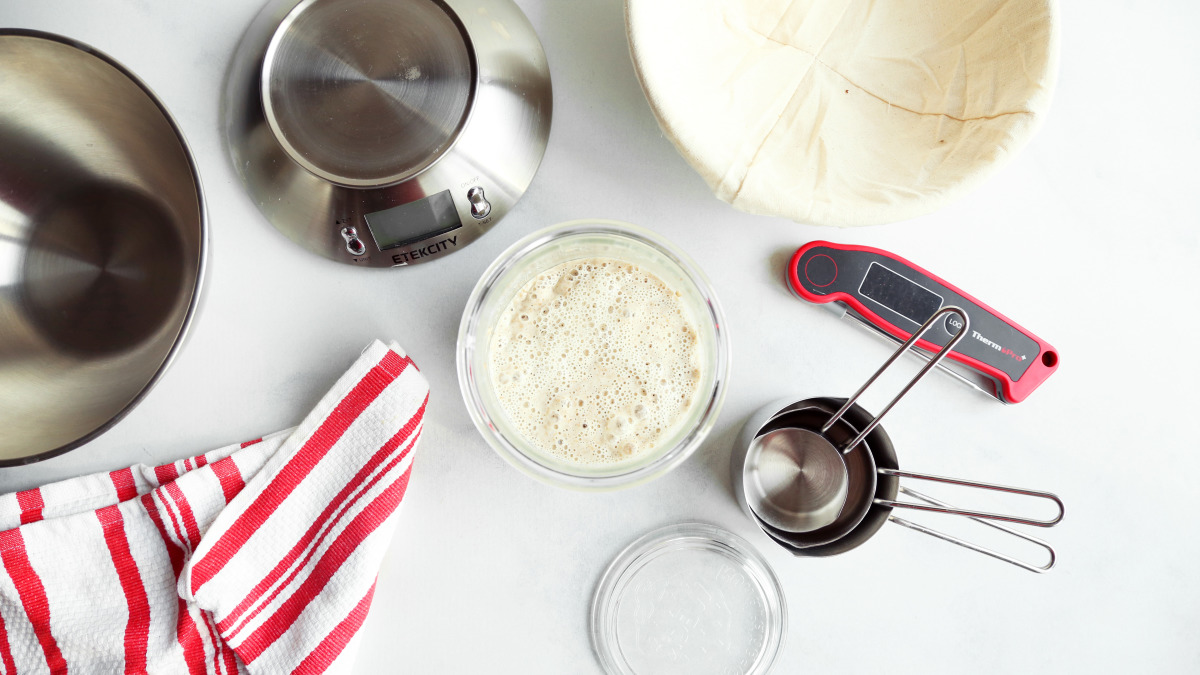
Ingredients
Export 3 ingredients for grocery delivery
Instructions
Step 1
Day 1:.
Step 2
You’ll need two large, wide-mouth Weck jars or Mason jars (1 quart size) for this process. First step is to weigh each jar (without the lid) and write that number on the bottom or somewhere else handy. This will be useful when we go to do the feedings each day.
Step 3
In the morning, combine 100 grams whole wheat flour or whole grain rye flour with 125 grams warm water (80°F) in one of the jars, and mix with a small rubber spatula until well combined. Cover (if using a Weck jar, do not use rubber gaskets or clips; if using a Mason jar, cover with a new lid, but do not tighten) and keep in a warm spot. I like to place mine in the oven, turned off, with the light turned on to create a slightly warm environment. Let the mixture rest for 24 hours.
Step 4
Day 2:.
Step 5
In the morning, place the second jar (empty) on the scale and tare to 0 grams. Add 75 grams of the starter mixture from the day before and discard the rest. Then add 50 grams whole wheat or rye flour, 50 grams all-purpose flour and 115 grams warm (80°F) water. Mix well with a small rubber spatula, cover and keep in the same warm spot for another 24 hours. Clean out the first jar and set aside for the next day.
Step 6
Day 3:.
Step 7
In the morning, place a new, clean jar on the scale and tare to Add 75 grams of the starter from the day before and discard the rest. Then add 50 grams whole wheat or rye flour, 50 grams all-purpose flour and 115 grams warm (80°F) water. Mix well with a small rubber spatula, cover and keep in the same warm spot for another 24 hours. Clean out the other jar and set aside for the next day.
Step 8
Day 4:.
Step 9
At this point you might start to see some activity. Don’t be discouraged if you don’t. Be patient and continue on schedule as directed. This is the first day you’ll be doing two feedings—one in the morning and one in the evening (before bed).
Step 10
In the morning, place a clean jar on your scale and tare to Add 75 grams of the starter from the day before and discard the rest. Then add 50 grams whole wheat or rye flour, 50 grams all-purpose flour and 115 grams warm (80°F) water. Mix well with a small rubber spatula, cover and let rest for 12 hours.
Step 11
After 12 hours (before bed), you can proceed with the second feeding of the day. At this point you can begin using only one jar. Discard all but 75 grams of starter. (This is where the jar weight you wrote down comes in handy. You’ll do the math, 75 grams + jar weight = target weight). Then add 50 grams whole wheat or rye flour, 50 grams all-purpose flour and 115 grams warm (80°F) water. Mix well with a small rubber spatula, cover and let rest overnight.
Step 12
Day 5 and 6:.
Step 13
In the morning, discard all but 75 grams of starter. Then add 50 grams whole wheat or rye flour, 50 grams all-purpose flour and 115 grams warm (80°F) water. Mix well with a small rubber spatula, cover and let rest for 12 hours. Before bed, repeat with the same measurements and let rest overnight.
Step 14
Day 7 and onward:.
Step 15
On the morning of the 7th day, discard all but 50 grams of starter. Then add 50 grams whole wheat or rye flour, 50 grams all-purpose flour and 100 grams warm (80°F) water. Mix well with a small rubber spatula, cover and let rest for 12 hours. In the evening, repeat the same process as the morning with the same measurements.
Step 16
At this point, your starter should be rising and falling each day predictably. If you’re at day 7 and you aren’t seeing constant activity, continue feeding until you see the rising and falling each day. Progress may vary depending on the temperature of your kitchen and water. At this point, you can start using your discard or your starter. Continue to feed it every day, twice a day, as long as you’re planning to make bread. You can also place your starter in the fridge and feed it once a week, if you don’t plan on making bread as often.
Step 17
Equipment to make things easy for yourself:.
Step 18
Two wide-mouth Weck jars or Mason jars (1-quart size) with lids.
Step 19
Small rubber spatula.
Step 20
Digital scale.
Step 21
Instant read thermometer.
Top similar recipes
Curated for youYour folders

 238 views
238 viewsSourdough Starter
cooking.nytimes.com
4.0
(1.9k)
Your folders

 373 views
373 viewsSourdough starter
bbcgoodfood.com
Your folders
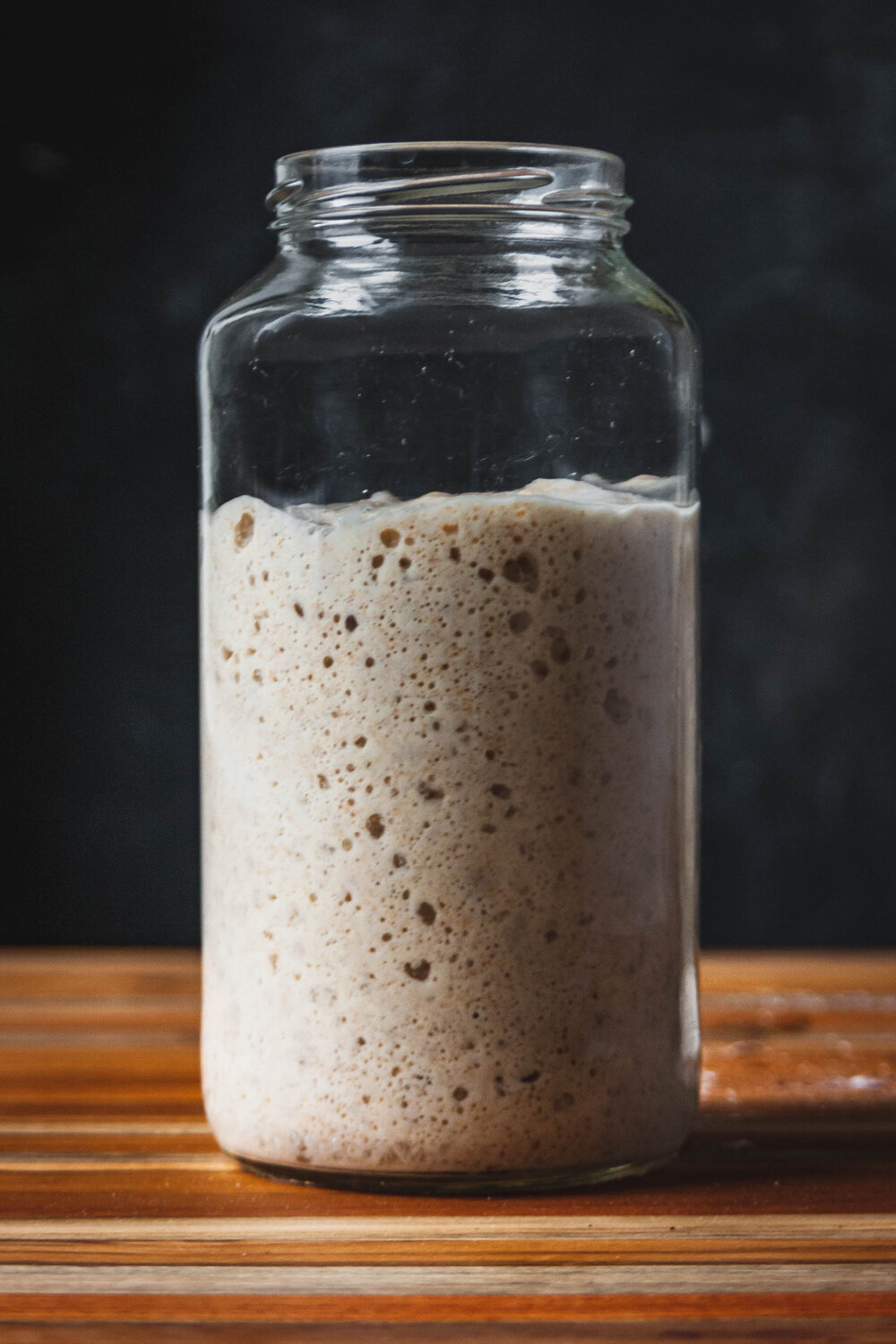
 857 views
857 viewsSourdough Starter
breadandbasil.nyc
Your folders
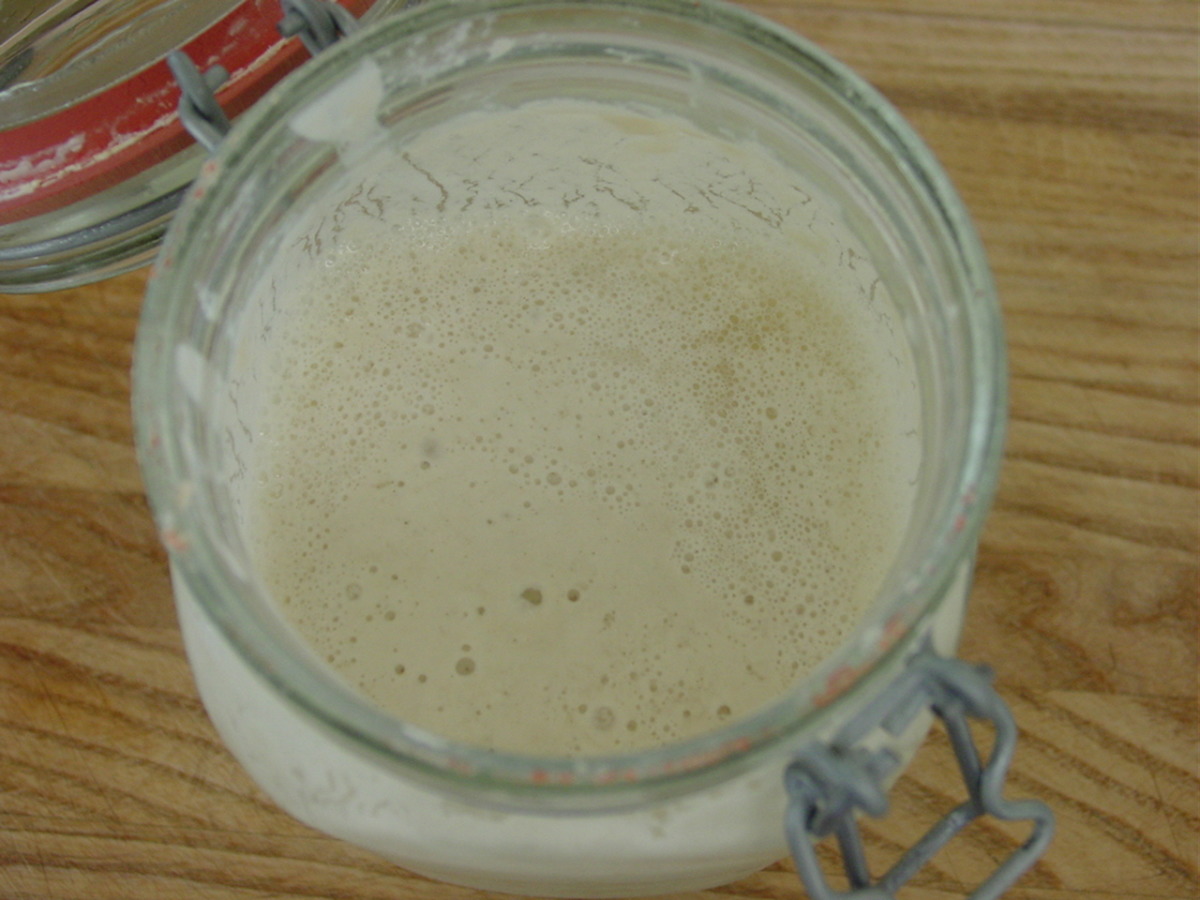
 444 views
444 viewsSourdough Starter
food.com
4.5
(21)
Your folders

 260 views
260 viewsSourdough Starter
iamhomesteader.com
5.0
(17)
Your folders

 268 views
268 viewsSourdough Starter
iamhomesteader.com
5.0
(17)
Your folders

 275 views
275 viewsSourdough Starter
homesteadingfamily.com
5.0
(2)
Your folders
 125 views
125 viewsSourdough Starter
fleischmannsyeast.com
Your folders
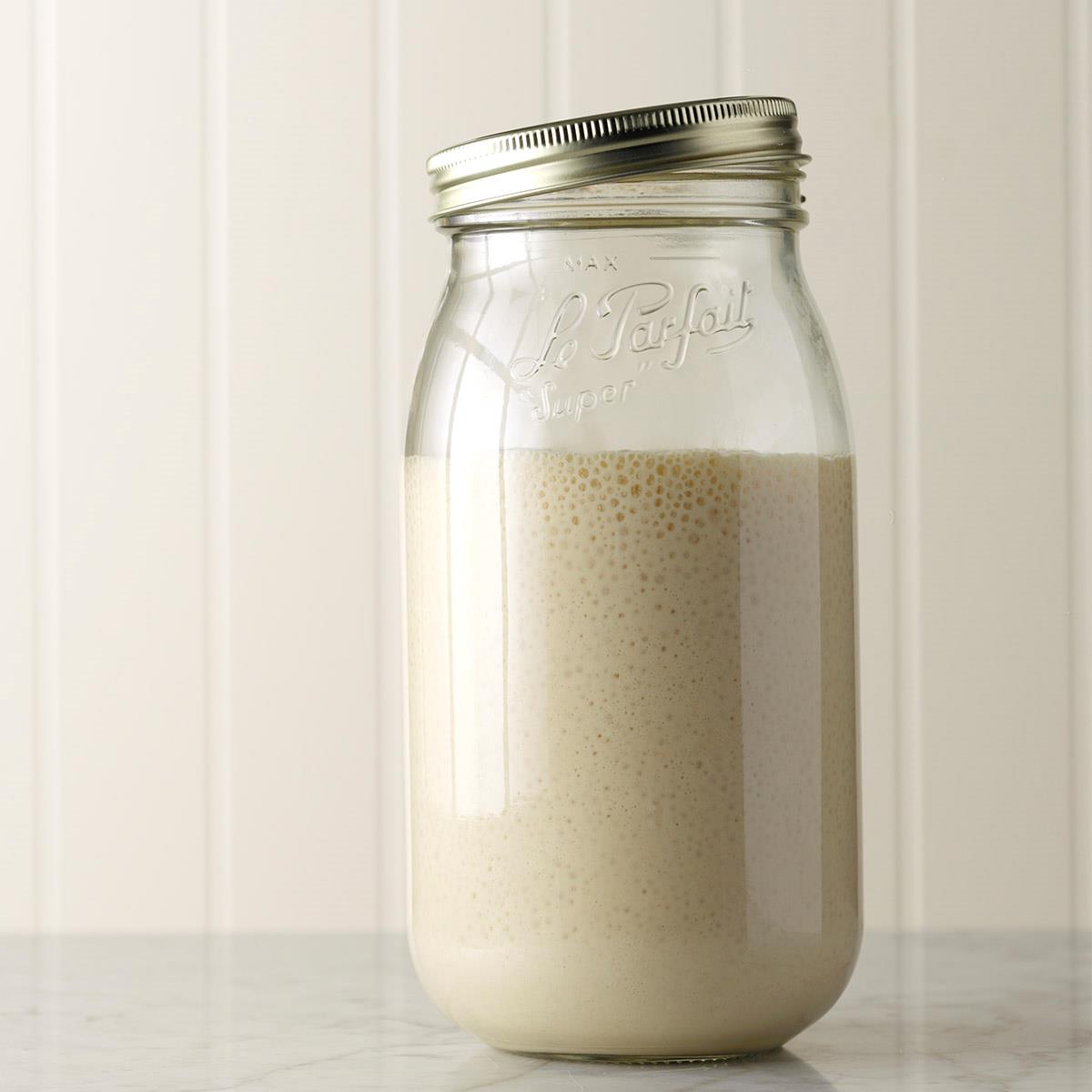
 281 views
281 viewsSourdough Starter
tasteofhome.com
4.8
(9)
Your folders
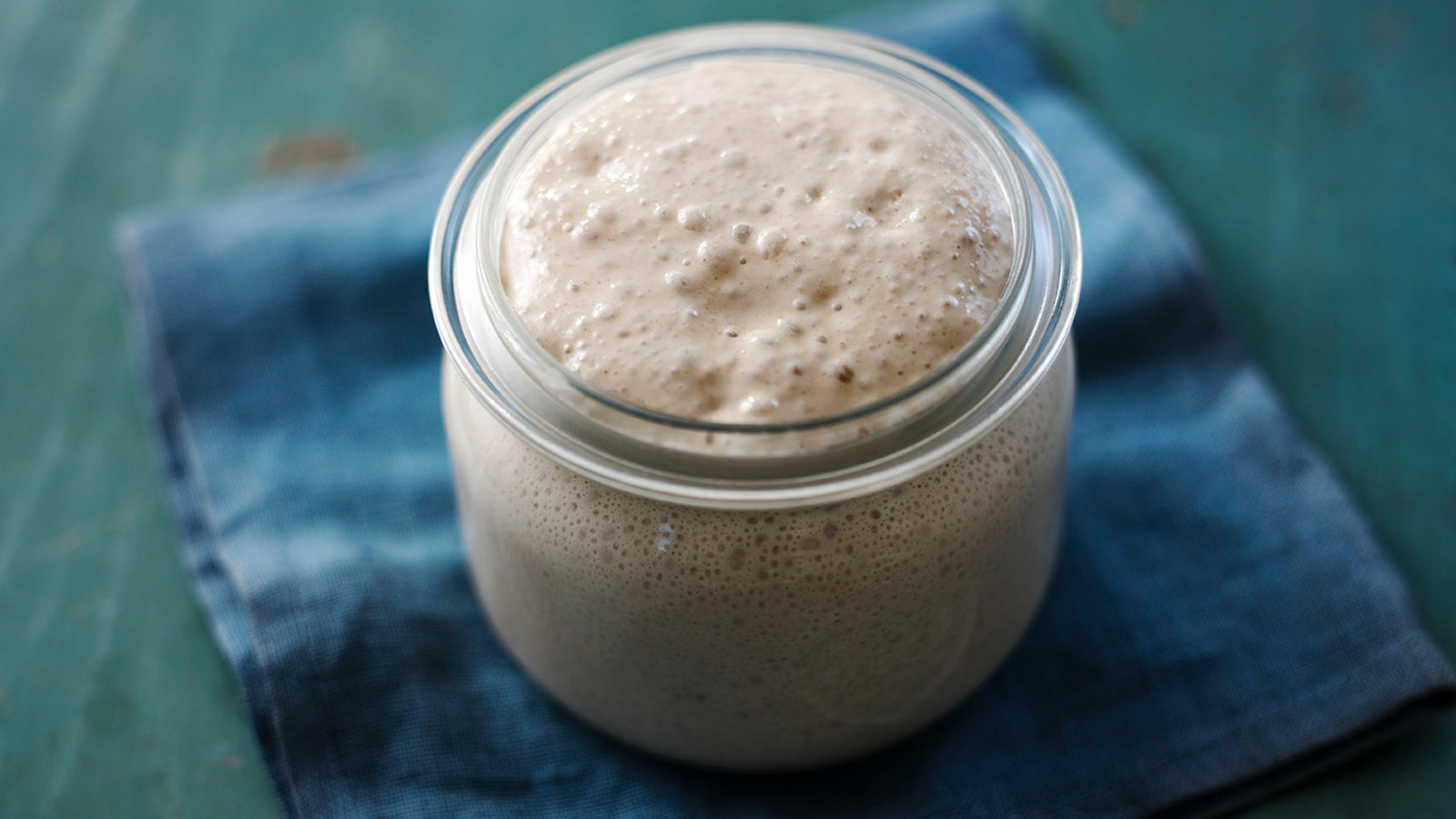
 358 views
358 viewsSourdough starter
bbc.co.uk
4.0
(61)
Your folders

 278 views
278 viewsSourdough Starter
allrecipes.com
4.5
(295)
Your folders
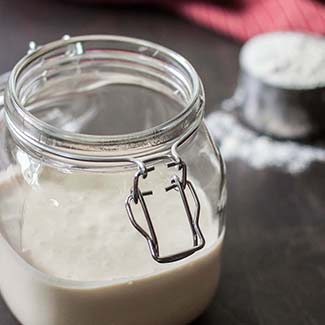
 408 views
408 viewsSourdough Starter
redstaryeast.com
Your folders

 269 views
269 viewsSourdough Starter
americastestkitchen.com
4.3
(93)
Your folders

 164 views
164 viewsSourdough Starter
farmhouseonboone.com
4.5
(984)
Your folders
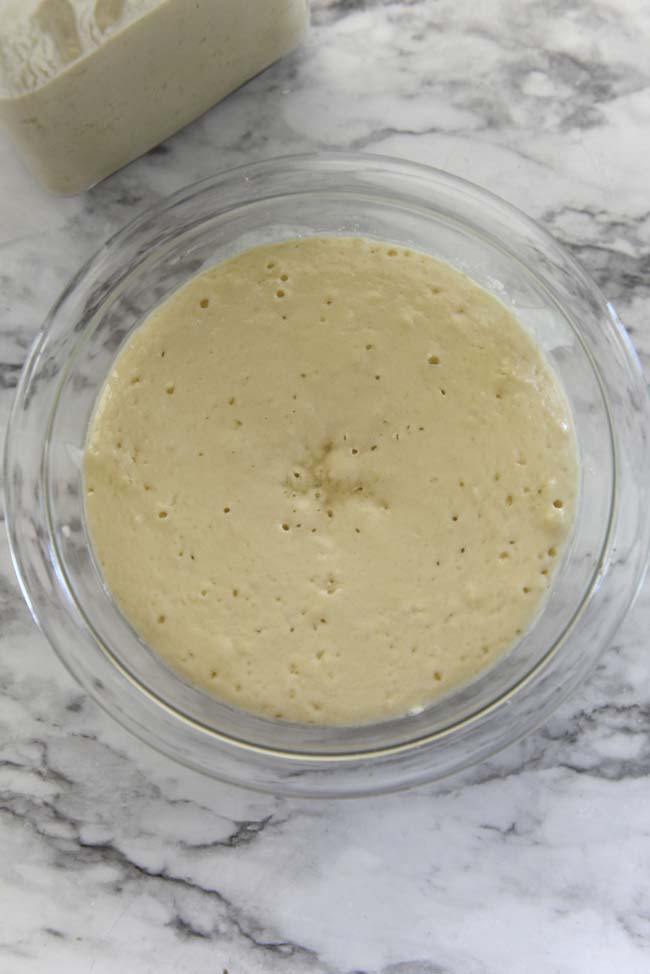
 372 views
372 viewsHerman Sourdough Starter
oventales.com
5.0
(3)
Your folders
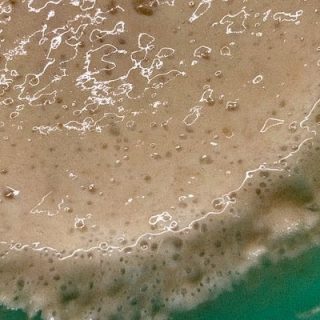
 241 views
241 viewsSourdough Bread Starter
gbskitchen.com
Your folders

 322 views
322 viewsWild Sourdough Starter
foodnetwork.com
4.3
(9)
25 minutes
Your folders

 849 views
849 viewsSimple Sourdough Starter
feastingathome.com
4.9
(315)
144 hours
Your folders
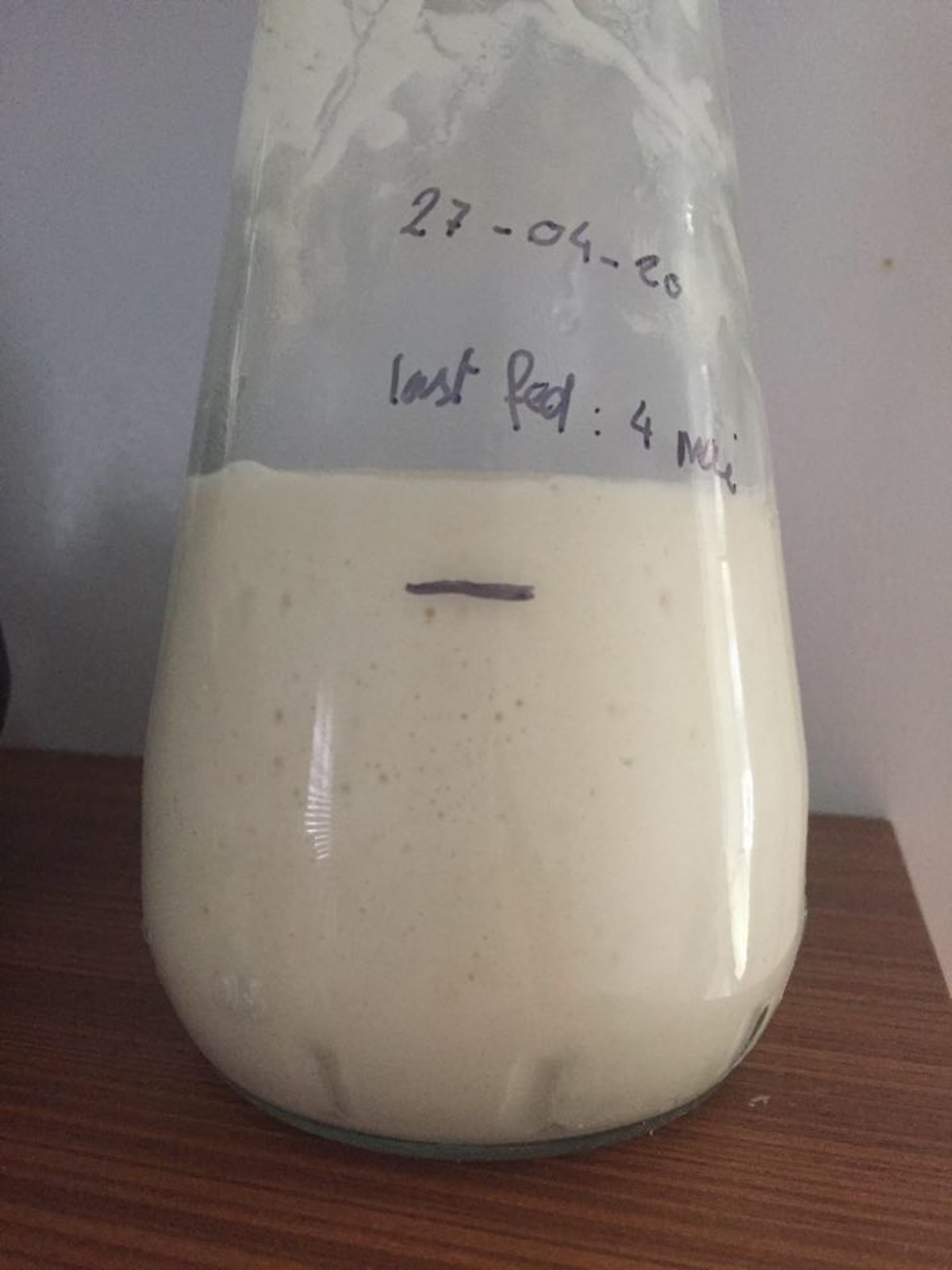
 518 views
518 viewsFoolproof Sourdough Starter
food.com
4.5
(19)
72 hours